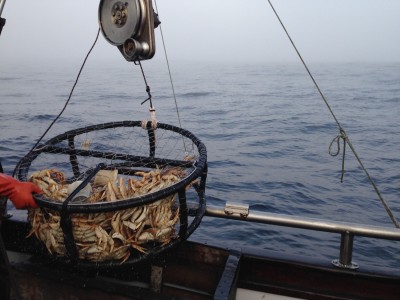Every year, the public pays about $4 million to cover the cost of putting human “at-sea” monitors aboard New England groundfish boats.
Now that bill could be shifted to the fishing industry as early as August, throwing a huge financial burden on fishermen already coping with historically low catch limits that have resulted in significant annual revenue declines from $90 million to $60 million in the last four years. Continued declines are expected next year.
To address this burden, the New England Fisheries Management Council voted last month to re-examine the cost of the at-sea monitoring program. Some suggested that if the at-sea monitoring program was found to be too expensive it could be curtailed, or even eliminated. This possibility won support by many stakeholders during a recent Groundfish Committee meeting. The full council will weigh in and decide the future of the program during its next meeting in Newport.
The human monitoring program is outdated, expensive, and in need of an overhaul, but not eradication. Without an effective monitoring program, managers have no idea whether the fish caught and fish discarded are staying under the hard “biologically safe” annual catch limit prescribed by fisheries scientists. If the at-sea program were not eliminated, but instead replaced with electronic monitoring (EM), the entire program would work better for fishermen.
Read the full story at the Standard-Times >>
Read more about Observers >>






